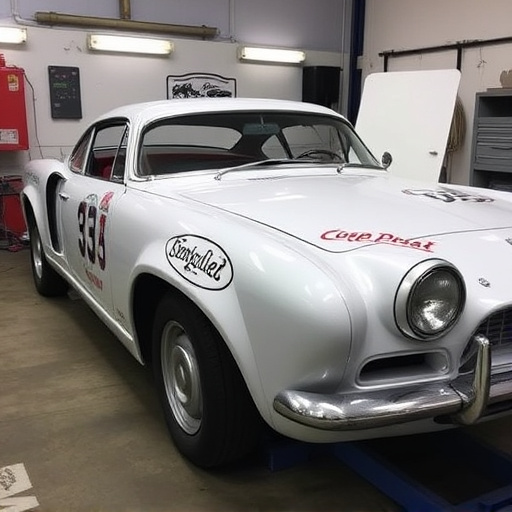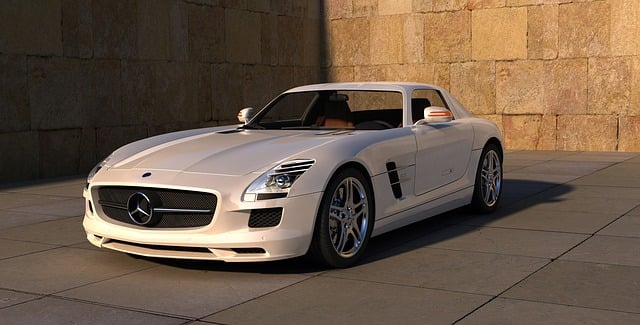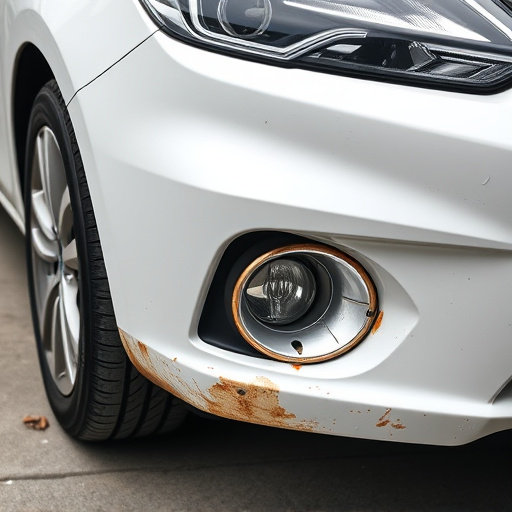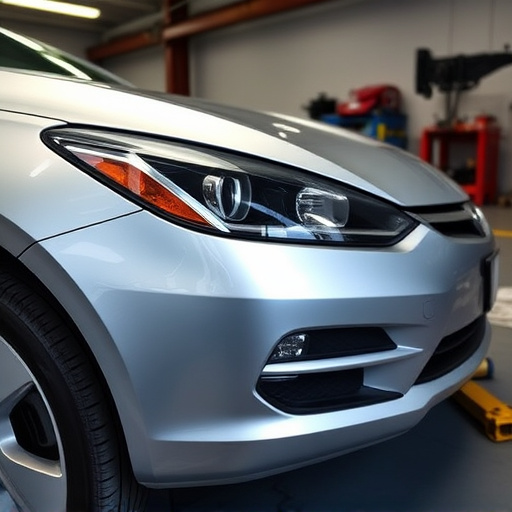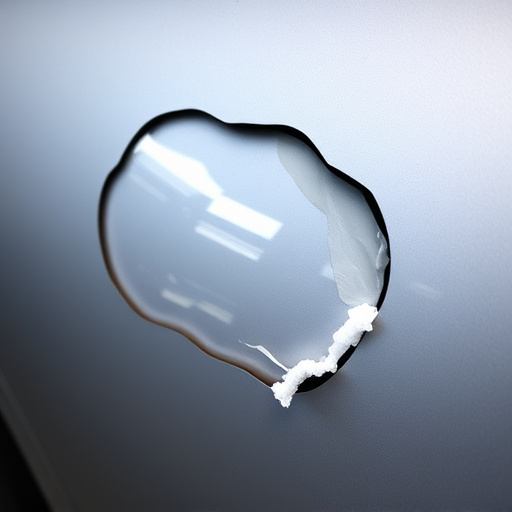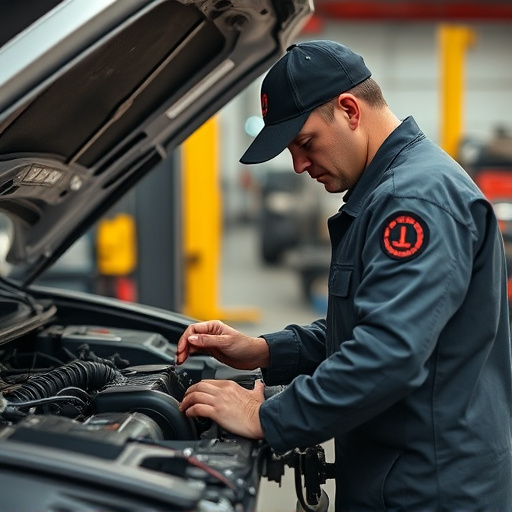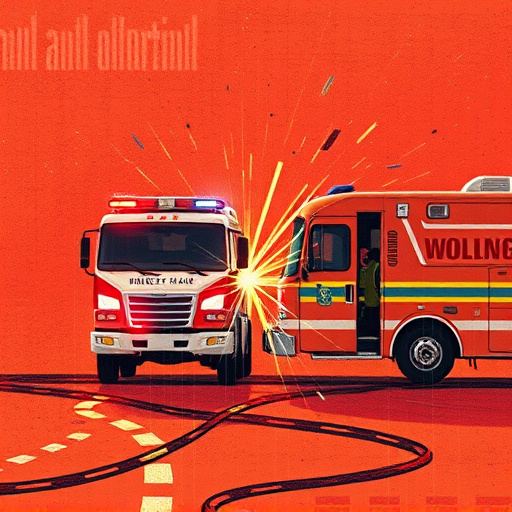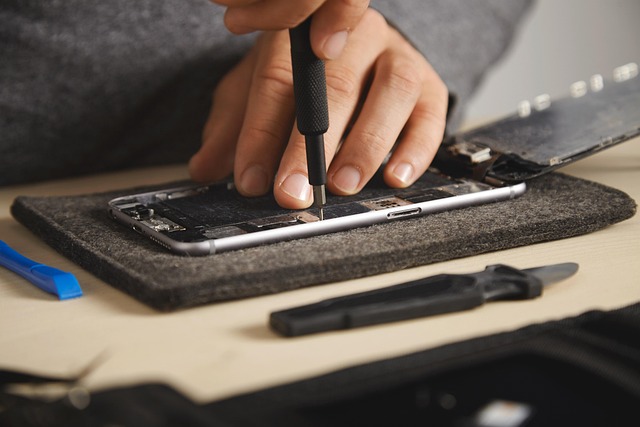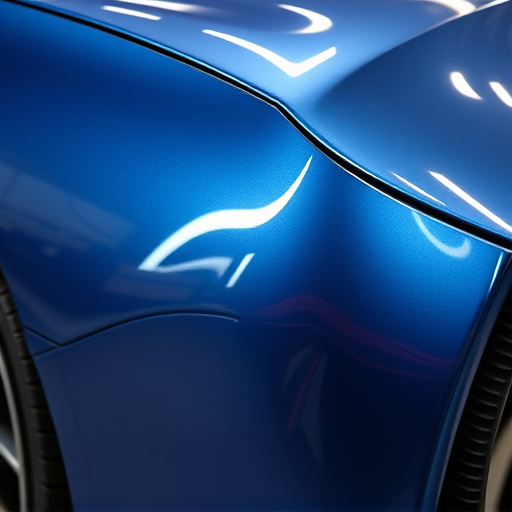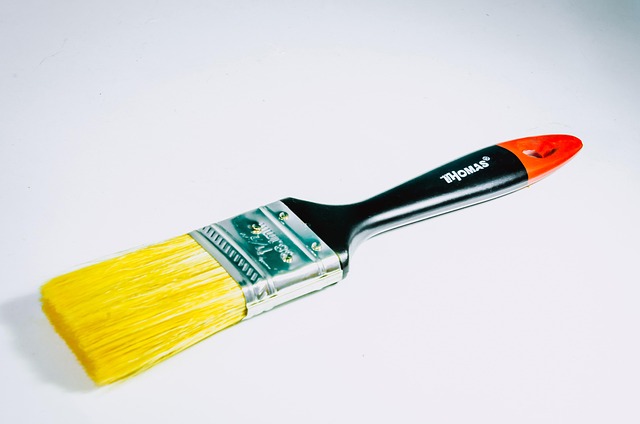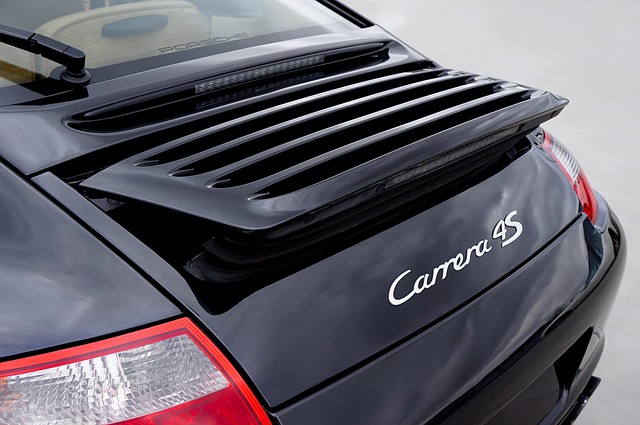Paintless Dent Repair (PDR) is a cutting-edge, non-invasive method for fixing minor car dents, preserving the vehicle's original paint and offering a faster, cost-effective alternative to traditional body work. Traditional auto body services, while reliable for severe damages, involve more extensive labor, potential environmental impacts, and longer downtime. The optimal choice depends on the extent of damage and budget: PDR for minor dents or traditional services for severe cases.
“Are you facing a dented car and debating between PDR (Paintless Dent Repair) for minor dents and traditional body work? This guide provides a clear comparison. PDR is a non-invasive, cost-effective solution for small dents, preserving your car’s original finish. Traditional body work, however, involves more aggressive repair methods and repainting. Understanding these distinct approaches is crucial in choosing the best option for your vehicle. We’ll explore the benefits and considerations of each to help you decide which PDR for minor dents method suits your needs.”
- Understanding PDR for Minor Dents: A Non-Invasive Approach
- Traditional Body Work: The Conventional Repair Process
- Comparing Benefits and Considerations: Which is Right for You?
Understanding PDR for Minor Dents: A Non-Invasive Approach
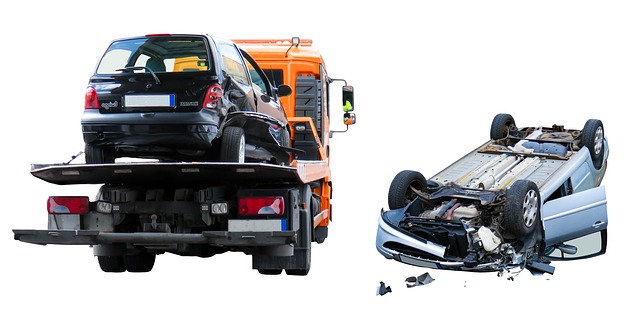
PDR for minor dents, or Paintless Dent Repair, is a revolutionary approach to car dent removal that has gained significant popularity in recent years. Unlike traditional body work that often involves sandblasting, painting, and extensive labor, PDR is a non-invasive method that preserves the original paint job of your vehicle. This process utilizes specialized tools and techniques to gently push out dents from the inside, without damaging the surrounding paint surface.
The key advantage of PDR for minor dents lies in its efficiency and cost-effectiveness. By avoiding repainting and extensive repairs, car owners can save both time and money. Moreover, since it’s a less aggressive method, it minimizes the risk of creating new scratches or imperfections on the vehicle’s body, making it an ideal solution for those seeking a quick and hassle-free auto maintenance option for minor dents and scratches.
Traditional Body Work: The Conventional Repair Process
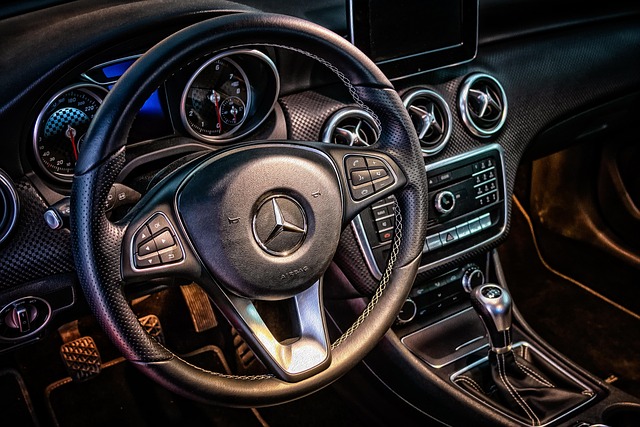
Traditional Body Work refers to the conventional repair process that has been used for years in auto body repair shops. When a vehicle suffers from minor dents, such as those caused by parking lots mishaps or light impacts, the standard approach involves several steps. First, the damaged area is thoroughly inspected to assess the extent of the dent and any associated damage. If the dent is deemed repairable, technicians use specialized tools to pop out the depressed panel, a process known as demolding. Once the dent is removed, the area is cleaned and prepared for painting, which often requires multiple coats to match the vehicle’s original finish perfectly. This meticulous process involves skilled labor and can be time-consuming, especially for extensive repairs or complex shapes.
Compared to PDR (Paintless Dent Repair) for minor dents, traditional body work typically results in longer downtime for vehicles since it necessitates drying time between paint layers. Additionally, the use of filler materials and sandblasting may leave behind a faint scent and require more environmental considerations. Despite these differences, traditional auto frame repair remains a reliable method for severe cases where PDR might not be feasible, ensuring vehicle restoration to its pre-damage condition.
Comparing Benefits and Considerations: Which is Right for You?

When it comes to addressing minor dents and scratches on your vehicle, two primary methods stand out: PDR (Paintless Dent Repair) for minor dents and traditional auto body services. Each has its unique benefits and considerations.
PDR for minor dents is a popular choice due to its non-invasive nature, which preserves the original factory finish of your car. This method uses specialized tools to gently press and pull damaged areas back into place without the need for painting or sanding. It’s swift, cost-effective, and ideal for smaller, shallow dents. However, it may not be suitable for deeper or more complex damages. Traditional auto body services, on the other hand, offer a more comprehensive solution. They include tasks like panel replacement, spot welding, and painting, ensuring a complete restoration. While this method can handle severe damage, it takes longer and is generally pricier due to the intricate work involved. The choice between PDR for minor dents and traditional body restoration depends on the extent of your vehicle’s damage and your budget.
When it comes to repairing minor dents, PDR (Paintless Dent Repair) offers a non-invasive, cost-effective solution. Compared to traditional body work, PDR preserves more of the vehicle’s original factory finish and requires less time. However, for deeper or more complex dents, conventional repair methods might be necessary. Ultimately, choosing between PDR for minor dents and traditional body work depends on the extent of the damage and personal preferences. Both have their advantages, ensuring car owners can make informed decisions to restore their vehicles’ beauty.
